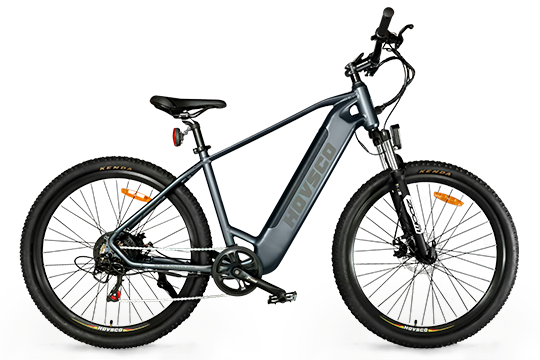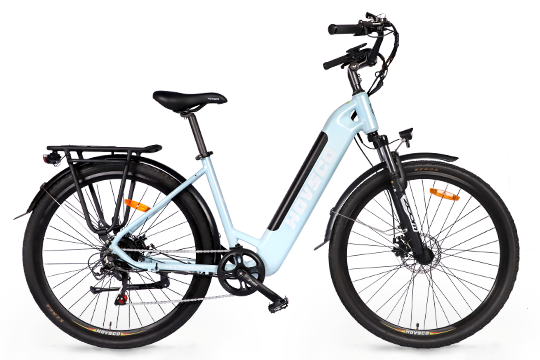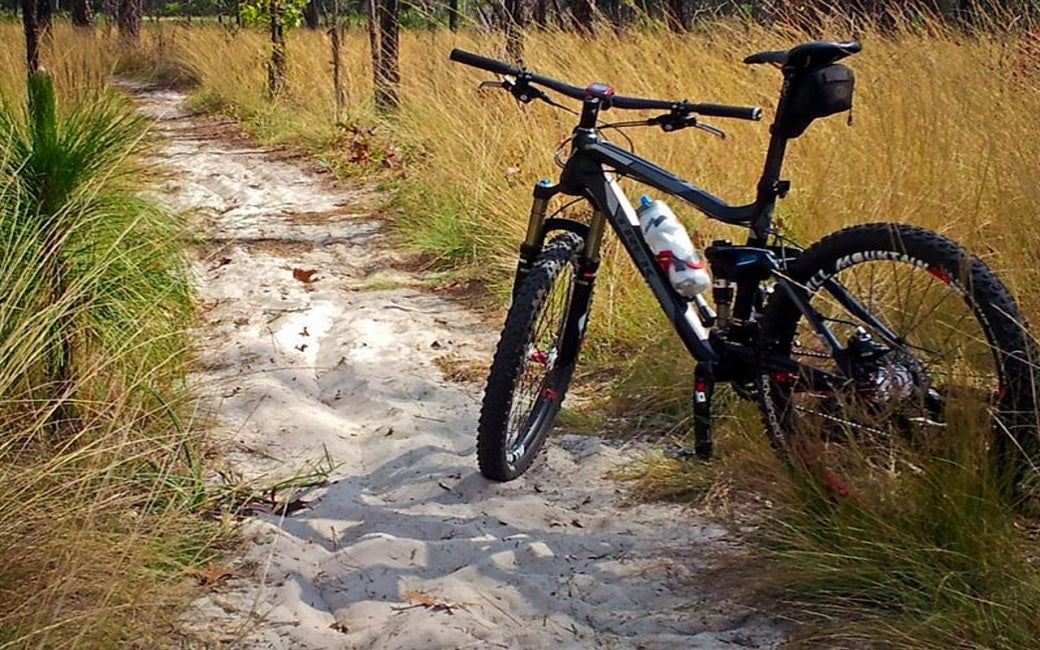How to Remove Rear Bike Wheel No Quick Release in 6 Surprisingly Easy Steps

If you've never taken the wheel off of your bike before, you might think it's going to be difficult. In reality, however, removing the rear wheel from your bike only takes six surprisingly easy steps, and after you do it once or twice, it becomes much easier every time you need to do it. This article will walk you through exactly how to remove the rear wheel from your bike without using a quick release lever, so all you have to do is follow along and enjoy yourself! You'll be surprised at how easy it really is when you break it down into its component parts!
What You Will Need?
- A pair of adjustable 15mm wrench
- A Phillips or flathead screwdriver (depending on the type of axle nuts your bike has)
- WD-40 lubricant spray (optional)
- An open space to work in
- Bike work stand (optional)
No Quick Release in 6 Surprisingly Easy Steps To Remove Rear Bike Wheel:
Many cyclists are moving away from traditional bike frames with either front or rear quick releases. The rationale is simple: quick-release wheels make it easier for bike thieves to steal your ride. In fact, research shows that quick-release wheels may be responsible for over 75% of all bicycle thefts and, in some areas, up to 90%. Therefore if you want to keep your wheels secure, you must learn how to remove your rear wheel without a quick release. Below we outline six easy steps on how to do just that.

1) Positioning:
Park your bike in an open space and turn it upside down so that the rear wheel is pointing up. This will make it easier for you to remove your rear wheel without a quick release. You can also place your bike on its side, but doing so may prove difficult if you have limited floor space or if you're working with an unusually large bicycle frame. If you choose to work on your bike while it's lying flat, remember that gravity will work against you.
In other words, any time you need to apply force to loosen a bolt or nut, you'll have to fight against both friction and gravity, and as anyone who has ever worked on their car knows, that means more time spent turning bolts. Also, keep in mind that when your bike is resting on its side, some of your tools may roll away from where they should be; always check where all of your tools are before starting any repair job.
2) Gear Adjustment:
Before you can remove your rear wheel without a quick release, you'll need to ensure that your gears are in their lowest position. This is because some bike frames have a small quick-release lever located near each gear cluster; if one of these levers is left open, it may prevent you from removing your rear wheel without a quick release. If you're not sure how to check for an open lever, try pulling up on each gear cluster and looking for any signs of resistance. Also, keep in mind that while most front derailleurs have a built-in safety mechanism that prevents them from shifting into their highest gear when they're not supposed to, rear derailleurs do not. As such, always double-check your rear derailleur before starting any repair job.
3) Brake Check:
Before you can remove your rear wheel without a quick release, you'll need to disengage your brakes. How you do so will depend on whether or not your bike uses disc brakes. If it does, all you have to do is unscrew and remove each caliper. Once removed, your brake pads should pop off. Disc brakes are harder to work with than rim brakes and typically more secure. If possible, try to use disc brakes instead of rim brakes wherever possible. However, if your bike has rim brakes (or no brakes at all), simply loosen each cable until they're loose enough that they no longer touch their respective rims. As a general rule of thumb, most bikes have about 10-15 mm between their rims and their brake cables. If there isn't any space between these two components, then it's likely that you've already loosened them enough.
4) Loosen Bolts:
Now that your gears are in their lowest position and your brakes are disengaged, you can begin removing your rear wheel without a quick release by first loosening its bolts. To do so, start with your seat post bolt, the one that attaches your seat post to your frame, and then work on each of your brake caliper bolts. If you're unsure which bolt is which, try looking for bolts with red paint on them; these are typically meant for disc brakes and should be removed before working on any other components.

Also, keep in mind that while most bike manufacturers will mark each of their bicycle's major components with an identifying letter or number, they may not always mark every single component. It's a good idea to familiarize yourself with all of your bike's parts before starting any repair job. Finally, when removing your rear wheel without a quick release, there are two main types of bolts: those that loosen counter-clockwise (like those found on mountain bikes) and those that loosen clockwise (like those found on mountain bikes) and those that loosen clockwise found on road bikes). As such, make sure you pay attention to how each bolt spins as you remove it; you don't want to end up stripping any threads!
5) Remove Chain:
Once your seat post bolt has been completely removed from its respective hole, you can remove your chain by lifting it up on its bottom bracket. Once lifted up enough, just pull outwards until the chain falls off both sides of both wheels. Make sure not to let it fall into either wheel!
6) Remove Rear Wheel Without Quick Release:
Now that your seat post is free and clear, all that's left is for you to slide your rear wheel right off of its axle! Make sure not to drop it or let it roll away; you don't want any scratches or dents! Once removed, you can clean both wheels and begin reassembling them by following these same steps in reverse order.
Conclusion:
With these six surprisingly easy steps, you can remove your rear bike wheel without a quick release in no time! Just remember always to double-check your work and be careful not to strip any bolts. It's definitely doable, and once you know how, it's actually pretty fast, too. Plus, this minor bit of maintenance will keep your wheels in good condition and make them last longer. So go ahead and try it out the next time you need to change or fix a flat! Have any other tips or tricks for removing a rear bike wheel? Let us know in the comments.






Leave a comment